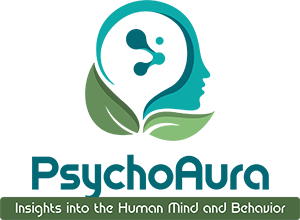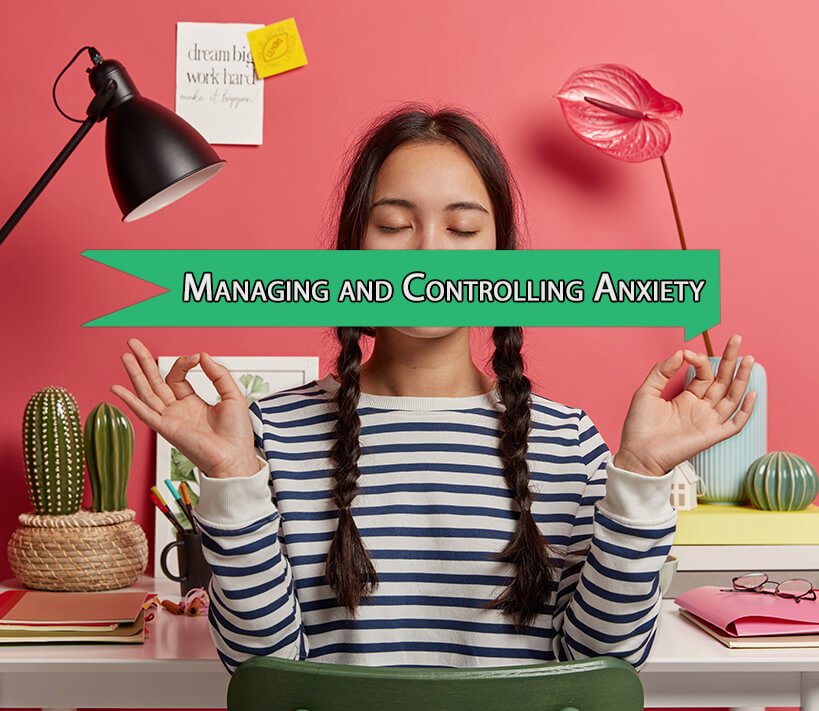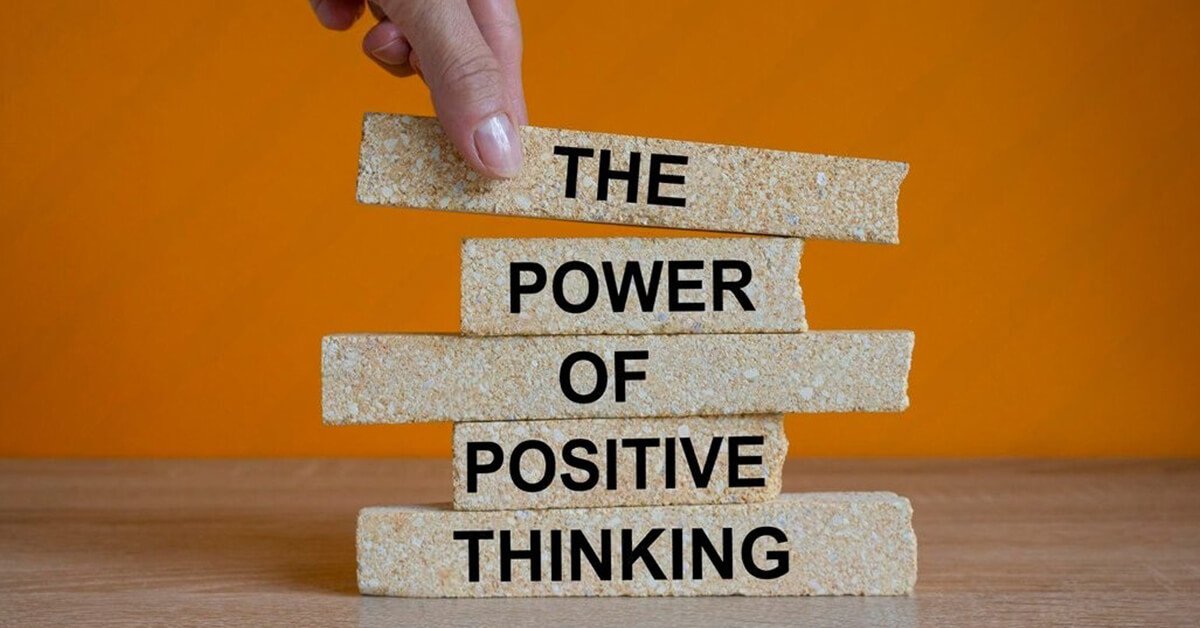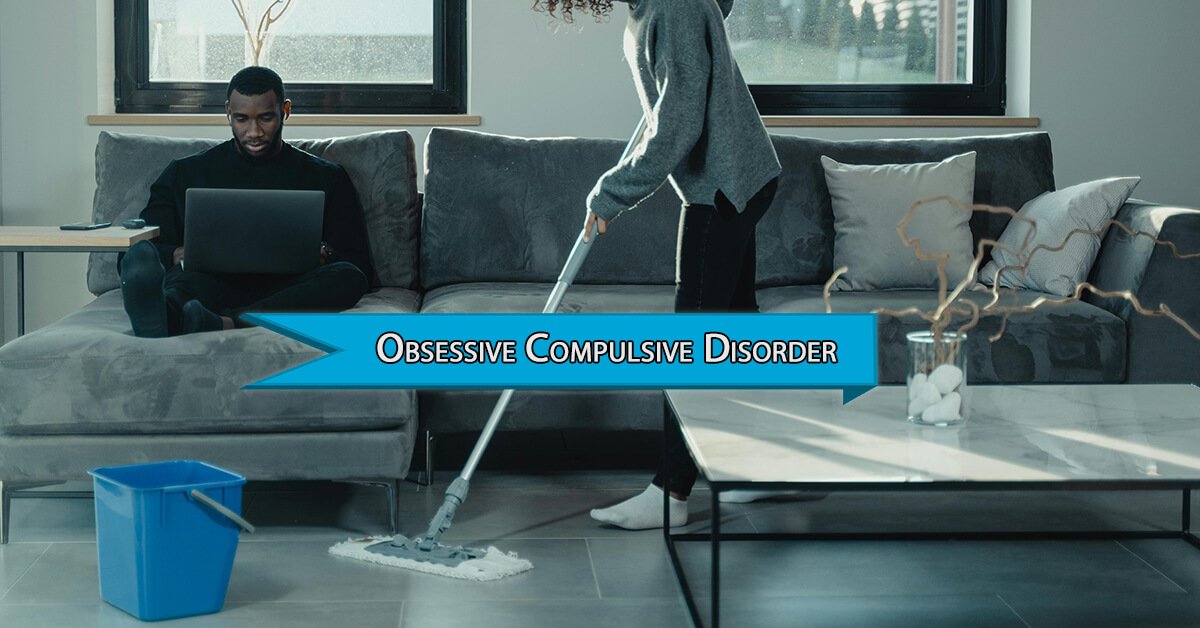Anxiety is a typical emotional response to stress, characterized by feelings of unease, nervousness, and fear. Whether external pressures or internal thoughts trigger it, anxiety can affect both mental and physical well-being. Managing and Controlling Anxiety is crucial for maintaining a healthy balance in life. Various techniques can help individuals regain control over their emotional state, reduce stress, and promote relaxation.
We have all experienced anxiety at some point, the racing thoughts, tightness in our chest, and the overwhelming worry that clouds our peace of mind. In this blog, we will explore effective and easy ways to follow strategies to manage and reduce anxiety. These techniques tap into your body natural ability to self regulate, aligning your mind and body to restore inner peace. One such concept, sometimes referred to as your psychoaura, your body emotional energy field, plays a key role in how you handle stress. The following are some powerful techniques that reconnect you with calm and stability.
1. Breathing Technique
One of the simplest and quickest ways to counteract the symptoms of anxiety is by focusing on your breath. Anxiety causes shallow, rapid breathing, which in turn increases the physical symptoms of stress. By practising slow, deep breathing, you can activate your parasympathetic nervous system, which promotes relaxation.
Try the 4-7-8 Breathing Technique:
- Inhale through your nose for 4 seconds.
- Hold your breath for 7 seconds.
- Exhale slowly through your mouth for 8 seconds.
Repeat this process until you feel relaxed.
2. Mindfulness Meditation
Mindfulness meditation is a practice in which a person is aware of his current feelings and sensations without judgment and interpretation. Through this technique, they let go of negativity and calm their mind and body. Research shows that mindfulness can reduce anxiety by teaching your brain to respond to stress in a healthier way.
How to Practice Mindfulness Meditation
- Firstly, you have to find a quiet place where you do not feel distracted.
- Secondly, sit on a comfortable chair and make your back straight.
- Close your eyes and focus on breathing or a meaningful word that you repeat throughout meditation.
- During meditation, you need not worry about distracting thoughts. If thoughts intrude, do not fight them. You just need to turn your attention back to your point of focus without making any judgment.
Research shows that daily mindfulness practice can rewire your brain for managing and controlling anxiety more effectively. Even just 5-10 minutes a day can make a difference.
3. Grounding Technique
Grounding techniques use your five senses to help you return to the present moment. When anxiety pulls you into “what if” scenarios, grounding reminds your brain: I am safe right now.
How we can Apply Grounding Technique
A psychologist can apply this technique to a client to divert their mind and induce relaxation. Five senses are used in this technique.
- Ask the client to look around and name 5 things you can see.
- Touch 4 things and notice how they feel (soft, rough, cold, warm).
- Listen for 3 sounds.
- Ask the client to smell 2 things ( perfumes, food, fresh air)
- Ask to taste 1 thing( chew gum, sip tea, or just notice the taste in your mouth).
This exercise helps your brain shift away from anxiety and into the present environment.
4. Exercise
Physical Activity is also one of the best ways to reduce anxiety. Exercise stimulates the production of endorphins, which are mood elevators. It also reduces the production of stress hormones such as cortisol. You can go for a walk, go to the gym, or practice yoga. Find an activity that you enjoy and make it part of your routine. Aim for at least 30 minutes of moderate exercise most days of the week.
5. Sleep
Getting enough sleep is also important for managing and controlling anxiety. Lack of sleep can exacerbate anxious thoughts and emotional instability. Aim for 7-9 hours of quality sleep each night and implement sleep hygiene techniques into your daily life.
Tips for Better Sleep
- Stick to a consistent bedtime.
- Avoid screening an hour before sleep.
- Limit the use of caffeine.
- Avoid taking a meal an hour before sleep.
6. Progressive Muscle Relaxation
Progressive Muscle Relaxation is a technique designed to reduce anxiety by systematically tensing and then relaxing different muscle groups in the body. The process helps individuals become more aware of the physical tension that often accompanies anxiety, allowing them to release it consciously. By focusing on each muscle group, progressive muscle relaxation promotes relaxation and counters the body natural “Fight and Flight” response associated with stress. Practising PMR regularly can help reduce both physical tension and anxious thoughts.
7. Drinking Water
Drinking water plays an important role in reducing anxiety by supporting overall physical and mental health. Lack of water impairs brain functions and increases stress, which leads to heightened anxiety. Hydration helps maintain cognitive functions, regulates cortisol levels, and prevents physical symptoms such as headaches, dizziness, etc. Staying hydrated has a calming effect on the body, which helps distract from anxious thoughts. Regular water intake helps prevent dehydration related stress, promoting relaxation and emotional stability, making it an easy yet effective strategy for anxiety management.
Conclusion
Managing anxiety does not require expensive tools or complicated rituals. The strategies you have just read, such as deep breathing, meditation, exercise, rest, and hydration, are all within your reach. Now, it is your turn to try one or two techniques today. Notice how your mind and body respond. Anxiety does not have to control your life; you have more power than you think.




